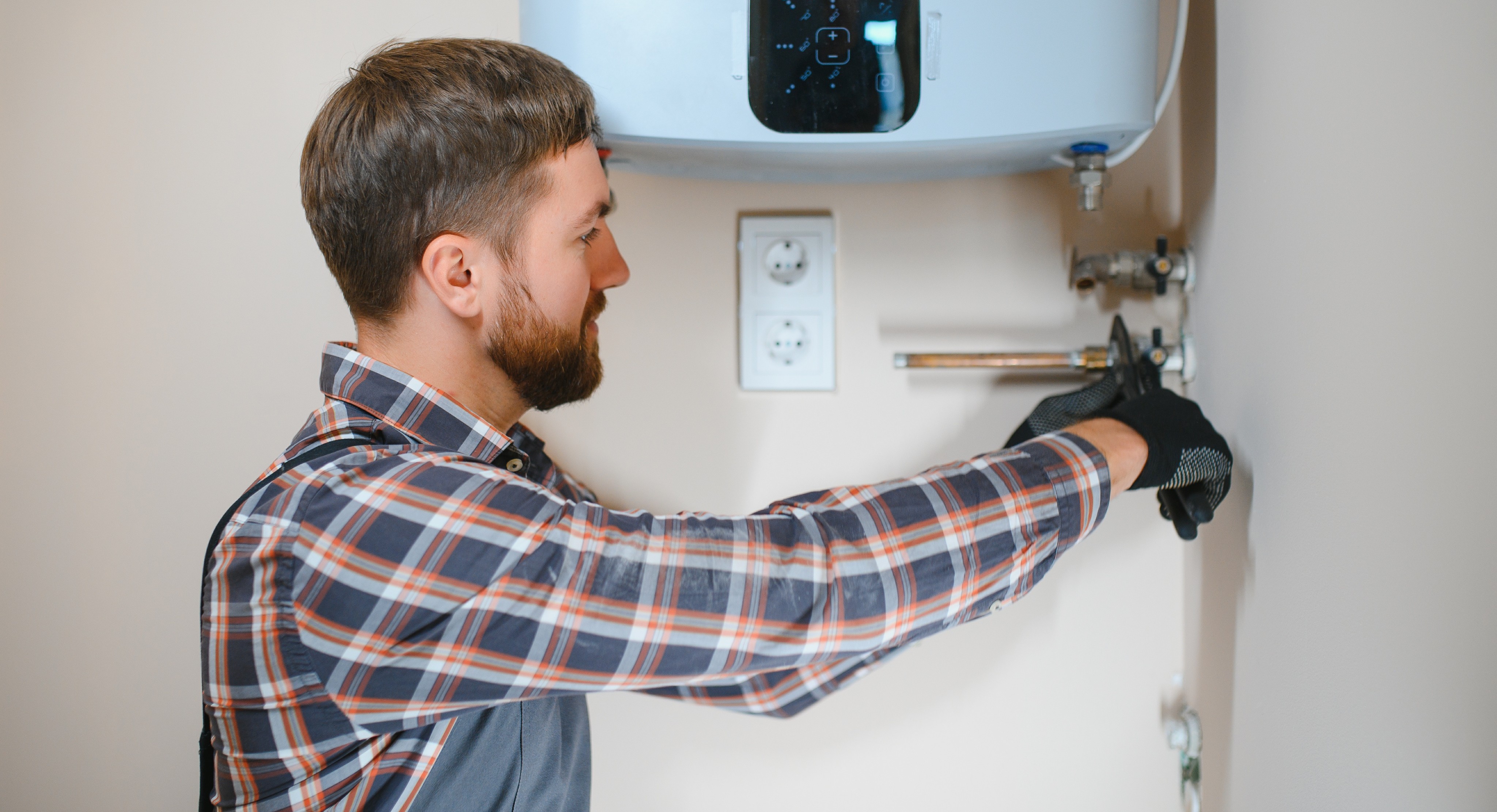-
1. Seal drafts and gaps
Cracks and gaps around windows, doors and other spaces will let cold air in and warm air out of your home.
Around 10% of heat loss occurs due to unattended drafts.
Installing weatherstripping and draft excluders around
windows and doors is a simple way to keep the draft out. You can use expanding foam or sealant around window frames
and walls to fill in larger gaps.
These small measures can keep your home warm and lower your energy costs.
-
2. Use LEDs
Switching to energy efficient LED bulbs is a simple change that will save you money in the long term.
It can be expensive to upgrade to LED’s however, you could save £25 - £45 per year and LED’s last for more than 10 years, saving you money over time.
-
3. Insulate your loft space
Around 25% of the heat produced by your boiler can escape through the roof of your home so, by insulating your loft space, that heat will be retained
in your home.
Insulations costs from as little as £20 per 8m2.
For more information, please visit this
step-by-step guide.
-
4. Draught proof your chimney
Open chimneys contribute to the loss of heat in your home. A chimney draught excluder is an easy and cost effective way to keep the
heat from escaping. Draught proofing your chimney helps retain heat and therefore, lowers your energy costs, especially in winter.
A decent draft excluder costs around £20 - £25 and using it could save you around £35 - £50 per year.
Safety reminder:
Don’t forget to take the excluder out before lighting your fire.
-
5. Bleed your radiators
Over time, air can become trapped inside your radiators which prevents them from heating up correctly and therefore, heating your home properly.
A radiator key, which costs a few pounds to buy, can be used to let the air out.
Unsure how to bleed your radiators? Follow these steps:
-
Put an old towel under the valve and a bowl on top to catch any waterut.
-
Insert the key into the bleed valve and slowly turn it, about a quarter or half a turn, until you hear a hissing sound
-
When the hissing stops or water starts to leak out, close the valve with the key
You can repeat this each year, or if you notice any cold spots when your radiators are on or a gurgling sound coming from the pipes
as this would indicate that air is trapped again.
-
6. Install a smart thermostat
Using a smart thermostat helps you to control the heating in your home more efficiently.
A smart thermostat is different to a regular thermostat as it allow you to modify the temperature
using an app and set heating schedules based on your routine.
You can save money and avoid wasting energy by changing the heat when you’re not home or you are sleeping.
-
7. Use smart power strips
A lot of household gadgets still consume energy, even when they’re not in use which all adds to your energy usage.
By plugging all of your electronic devices into smart power strips, you can turn them all off in one go, saving you time and energy.
This is helpful for devices such as TV’s, gaming consoles printer, kitchen appliances.
-
8. Insulate your hot water tank
A poorly insulated hot water tank can waste a lot of energy. You can buy insulation for your water tank for
around £15 - £20 and it could save you between £35 - £45 per year.
For the best results, insulation should be around 80mm in thickness.
-
9. Insulate your hot water pipes
Similar to a tank that doesn’t have insulation, hot water pipes will also lose their heat quickly.
You can insulate pipes yourself using foam tubes which can be found at most DIY shops.
This is a simple DIY job that can make a noticeable difference to your energy consumption.



